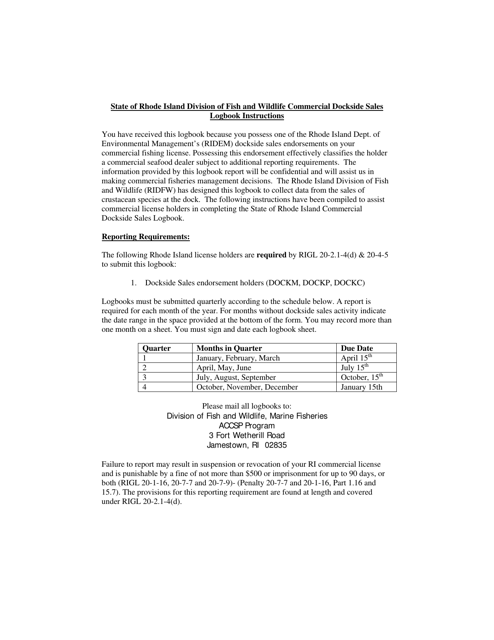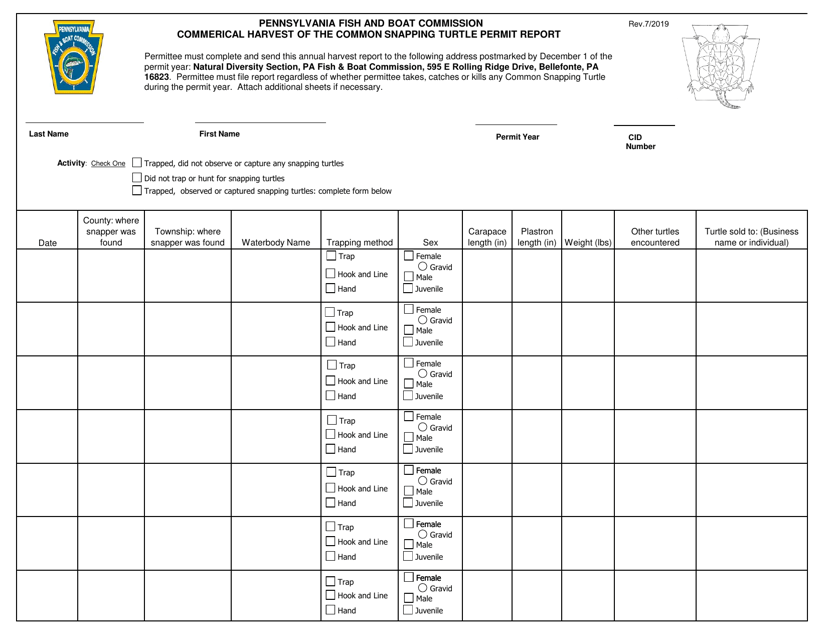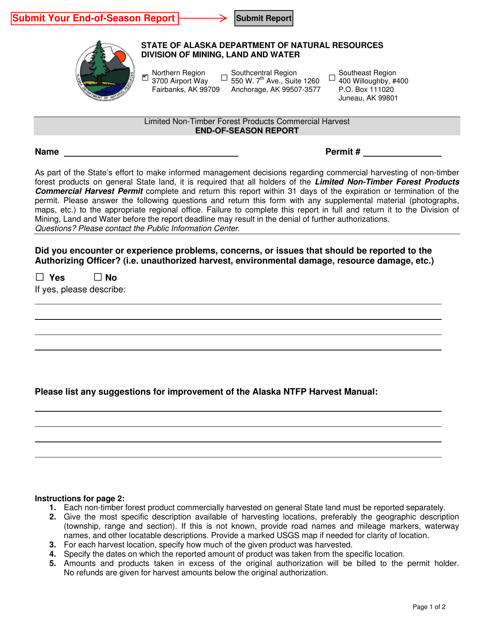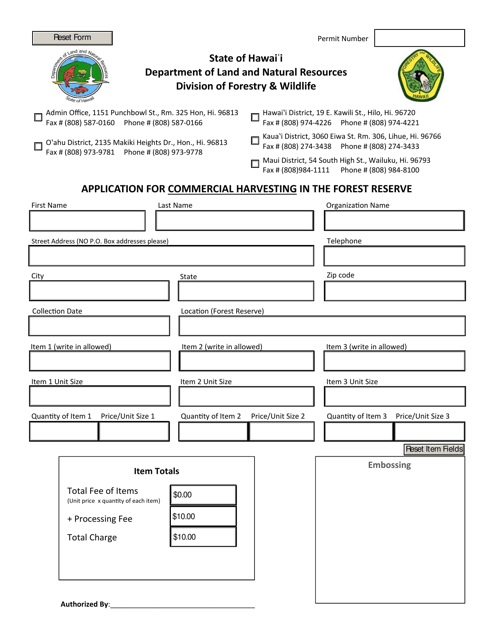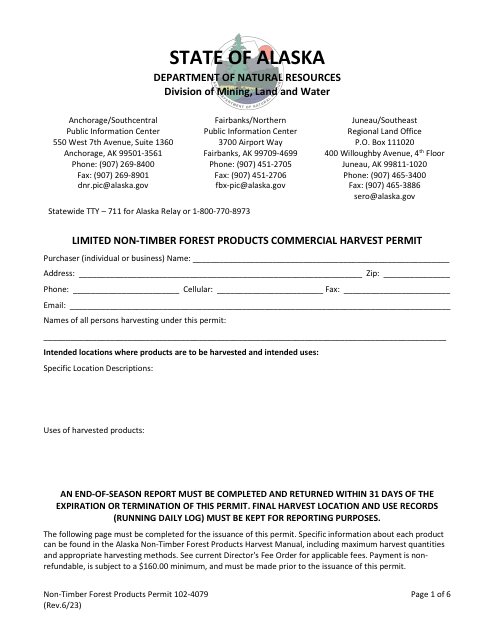Commercial Harvesting Templates
Commercial harvesting, also known as commercial harvest or commercial harvester, refers to the practice of harvesting natural resources for commercial purposes. This includes the extraction of various resources such as timber, seafood, and non-timber forest products.
In order to ensure sustainable practices and meet regulations, commercial harvesting requires proper documentation and reporting. States like Rhode Island require commercial harvesters to maintain dockside sales logbooks, documenting the sales and quantities of harvested resources. Similarly, Pennsylvania mandates the submission of a permit report form for the commercial harvest of the common snapping turtle.
Alaska has its own set of regulations, with commercial harvesters being required to submit an end-of-season report for limited non-timber forest products commercial harvest. This state also utilizes Form 102-4079, a limited non-timber forest products commercial harvest permit, to regulate commercial harvesting activities.
Hawaii has specific guidelines for commercial harvesting in forest reserves and requires commercial harvesters to submit an application for approval.
Commercial harvesting is crucial for economies and industries reliant on natural resources. By implementing proper documentation and regulation, we can ensure the sustainable use of these resources and preserve them for future generations.
Documents:
5
This document is used for maintaining a logbook of sales made by commercial harvesters at Rhode Island dockside.
This form is used for reporting the commercial harvest of common snapping turtles in Pennsylvania.
This form is used for reporting the end-of-season harvest of limited non-timber forest products in Alaska.
This document is for applying for a permit to commercially harvest in the Forest Reserve in Hawaii.

